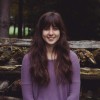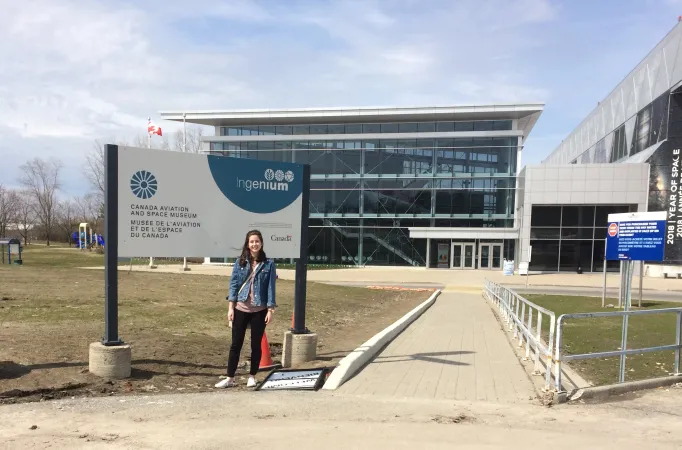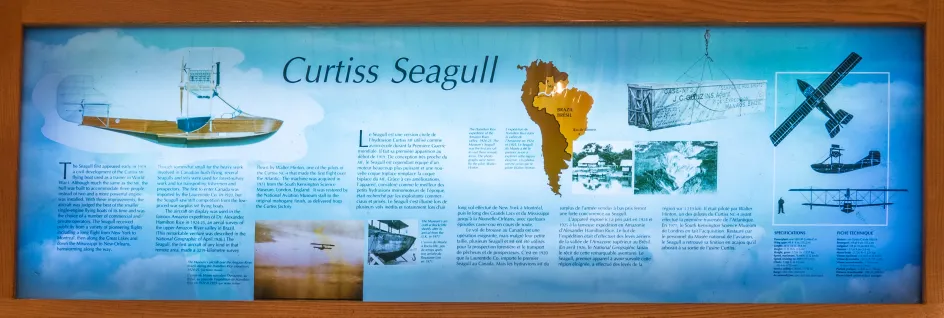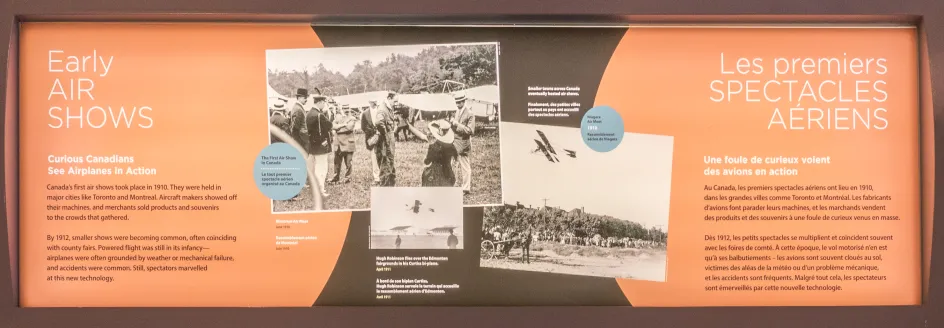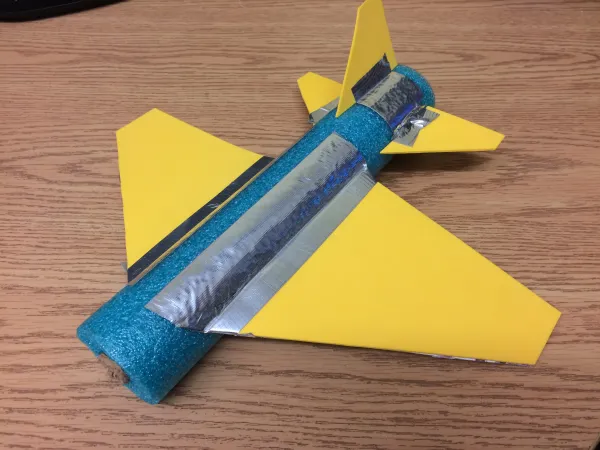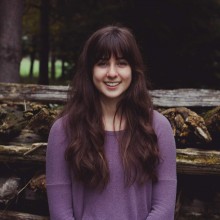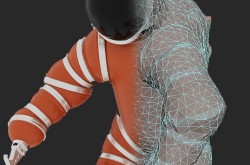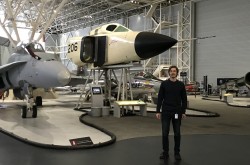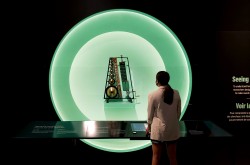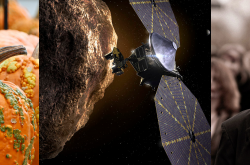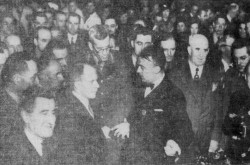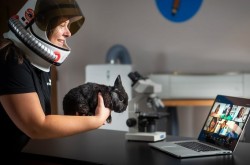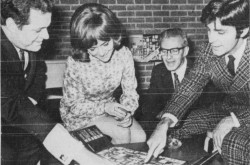Diving into museum work: The life of a summer intern
When I arrived in Ottawa about three months ago to work as an exhibition intern with the Canada Aviation and Space Museum, I wasn’t quite sure what to expect. My short time with the museum turned out to be more interesting and colourful than I ever could have imagined; I’ve conducted damage reports, gone “undercover” for an in-house investigation, and even built an airplane out of a pool noodle! But before I delve into everything, let me tell you the real reason I’m here.
This internship has been a valuable experience and a key piece of my formal museum training. It’s one part of the Museum Management and Curatorship graduate certificate I am completing through Fleming College in Peterborough, Ontario. The program has been very hands-on, giving me the opportunity to move beyond course readings and theory to engage in real museum work. My summer placement at the museum has provided me with another opportunity to gain this real-world experience; I have completed projects for the museum and worked alongside a variety of museum professionals, including exhibition, programming, and curatorial staff.
Damage control
As an exhibition intern at the museum, naturally, I spent the majority of my placement working on exhibition related projects. One of these early projects involved evaluating damage levels on the text panels. I looked for any type of damage, including smudges, marks, dents, rips, stains, and fading, while evaluating how that damage affected legibility. Walking around looking at panels sounds like a fairly easy, simple job; that’s basically what all visitors do when they come to a museum, right? In reality, it was an in-depth, time-consuming project. There are a lot of panels in the museum, and I evaluated almost every single one — from artifact labels to the signs explaining how to use interactives. To ensure the panels were accurately analyzed for the exhibition team, a lot of patience and attention to detail was required.
An undercover mission
My second major project was a visitor study, with a focus on both the Second World War and the British Commonwealth Air Training Program sections of the museum. This project was an undercover mission of sorts; I studied which artifacts visitors were looking at, which panels they read, and which interactives they used. Now, I will be the first to admit that watching and following visitors may sound a bit creepy, but rest assured I wasn’t lurking in the shadows of the museum! I stayed in the open and simply walked the space with visitors, noting how the exhibition was being used. The resulting data from this study will help staff understand which elements garner the most visitor interest.
Charlotte Clemens in the Second World War section of the museum, ready to do some visitor tracking.
Alongside these major exhibition projects, I worked on a variety of smaller tasks. One of these was image research to be used by the curatorial team. This involved locating Apollo 11 mission images for a moon landing display, and searching through old Air Canada advertisements for an upcoming exhibition. These research tasks involved two different processes. For the moon landing images, I scrolled through the online NASA archives, and for the Air Canada material I was able to carefully examine the delicate papers tucked away in books and folders. While online research might have been more efficient, it was a unique opportunity to see the material in person and work with the real files and artifacts.
Giant bubbles and pool noodle airplanes
A few of my other non-exhibition tasks were completed for the museum’s programing staff. I put together a “rainy day” folder for the summer camp program, filled with craft instructions and activity handouts (a lot of the classic connect the dots, fill in the blanks, and word searches). For the big Canada Day celebration at the museum, I planned an obstacle course for kids, as well as some crafts and activities. After spending a considerable amount of time sitting in the office researching ideas and writing instructions for these projects, I stepped away from the computer to test some of the activities. This wasn’t an excuse to simply sit in the yard to try to make giant bubbles with hula hoops or build airplanes out of pool noodles, popsicle sticks, and clothespins, though I did enjoy doing that! The reason I wanted to test several of the activities was to ensure the instructions were accurate for the staff who would deliver them.
Between these two programming projects and work with the curatorial and exhibition staff, it has been a busy and exciting summer. However, my internship is only temporary, and soon all the bubble blowing, plane building, collection research, and exhibition projects will come to an end. As I wrap up my placement — the last piece required for my graduate certificate — I have been reflecting on the fact that it will soon be time to find a full-time job. This internship has been such a valuable part of my training for a future career in a museum. I’m grateful that I’ve had the chance to make connections in the field, while receiving helpful advice and gaining experience with a national institution. It has truly been an incredible way to spend my final semester as a student.


